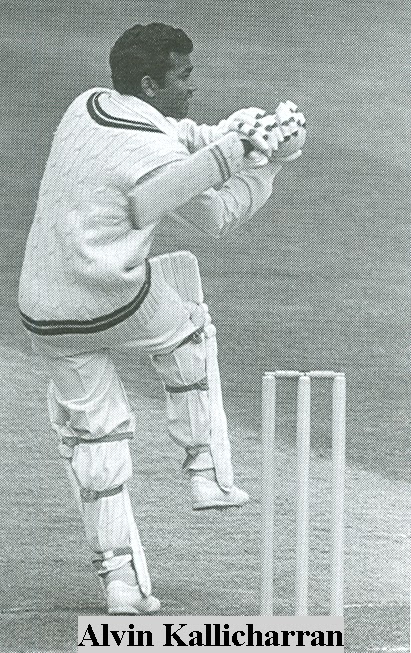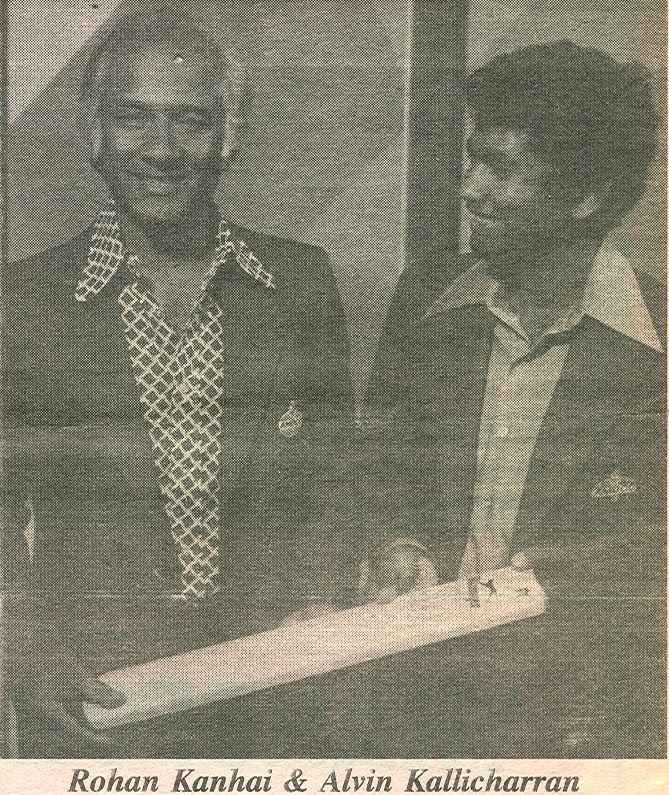Indeed, those plantations are European constructs the aftermath of the Berlin Conference November 15 , 1884–February 26, 1885
However, perhaps, you are overlooking the main ingredient - human experiences. It is known my great-great-great-grandparents were in Demerary predating 1803. They never heard those names. I am also certain great-great-great-great-grandparents and prior generations referred to those geographies by autochthonous names. The DNA result is saying the majority of my ancestors resided in the geography currently referred to by those names and West Africa, generally
Folks with the following names have identified as DNA relatives:
Apata, Aboagye, Bockarie, Botsho, Camara, Diakite. Elegunde, Kamara, Karnga, Maduike, Odefunso, Okafor, Okeke, Okoro, Omisore, Omole, Osei, Sanusi, Tabora and Tamba.
Who are the representations in various eras and locations before August 21, 1415 AD?
Who is this man among the Akan, Bambara, Bamoun, Berber, Beta Israel, Brong, Dogon, Egba, Esan, Fang, Hadza, Hausa, Herero, Igbo, Khoe-Khoe, Kikuyu, Kong, Lemba, Mande, Mandinka, Maasai, Mende, Ovambo, Pedi, San, Soninke, Urhobo, Yoruba, Zulu, Gullah Geechee, and so on?









